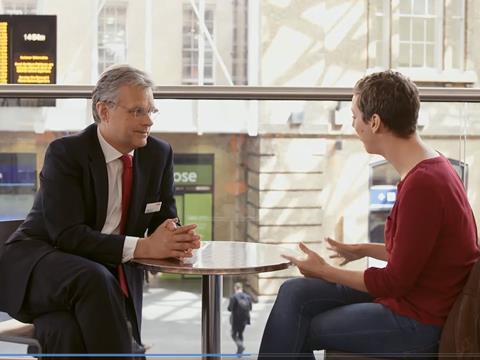
UK: Infrastructure manager Network Rail’s ‘Spaces & Places for Everyone’ campaign to improve disabled passengers’ experience of using the rail network was launched by comedian Francesca Martinez on July 11.
NR aims to replace the historic culture of 'bolt-on' provision for disabled customers with an approach based on 'inclusive design', putting access at the heart of the design process rather than adding on provision at a later stage.
Examples include providing evenly distributed lighting to assist visually impaired users, the provision of a toilet area for assistance dogs at the recently rebuilt Birmingham New Street station, an audio guide to Reading station developed through a partnership with Microsoft, and providing lifts and escalators to all platforms as part of the rebuilding of London Bridge station.
NR has set up a Built Environment Accessibility Panel of disabled passengers who are also experts in inclusive design and can provide technical and strategic advice to project teams.
Martinez said it was ‘really reassuring that the millions of disabled people in Britain are being considered right from the very start before rail projects leave the drawing board’.
Research commissioned from Populus by NR found that 63% of people with a disability would feel confident using the rail network independently, compared with 79% of non-disabled people. Of the two-thirds of people with disabilities who travel by train, 24% do not feel that their journey will be an easy one and 33% said they would use the train more if it were more accessible.
‘Most of today's railway was designed during the Victorian era when attitudes towards disability were very different’, said NR Chief Executive Mark Carne. ‘Since then, access for disabled people has been tagged-on at a later stage, rather than being a part of the initial design strategy for our railway. We know it hasn't been good enough in the past, and we need to make it easier for disabled people to plan journeys and travel by rail.
‘We are committed to changing this, and doing what is necessary to make sure that inclusivity is deeply embedded in our culture. Only then will our railway be a place where everyone can travel equally, confidently and independently.’

















